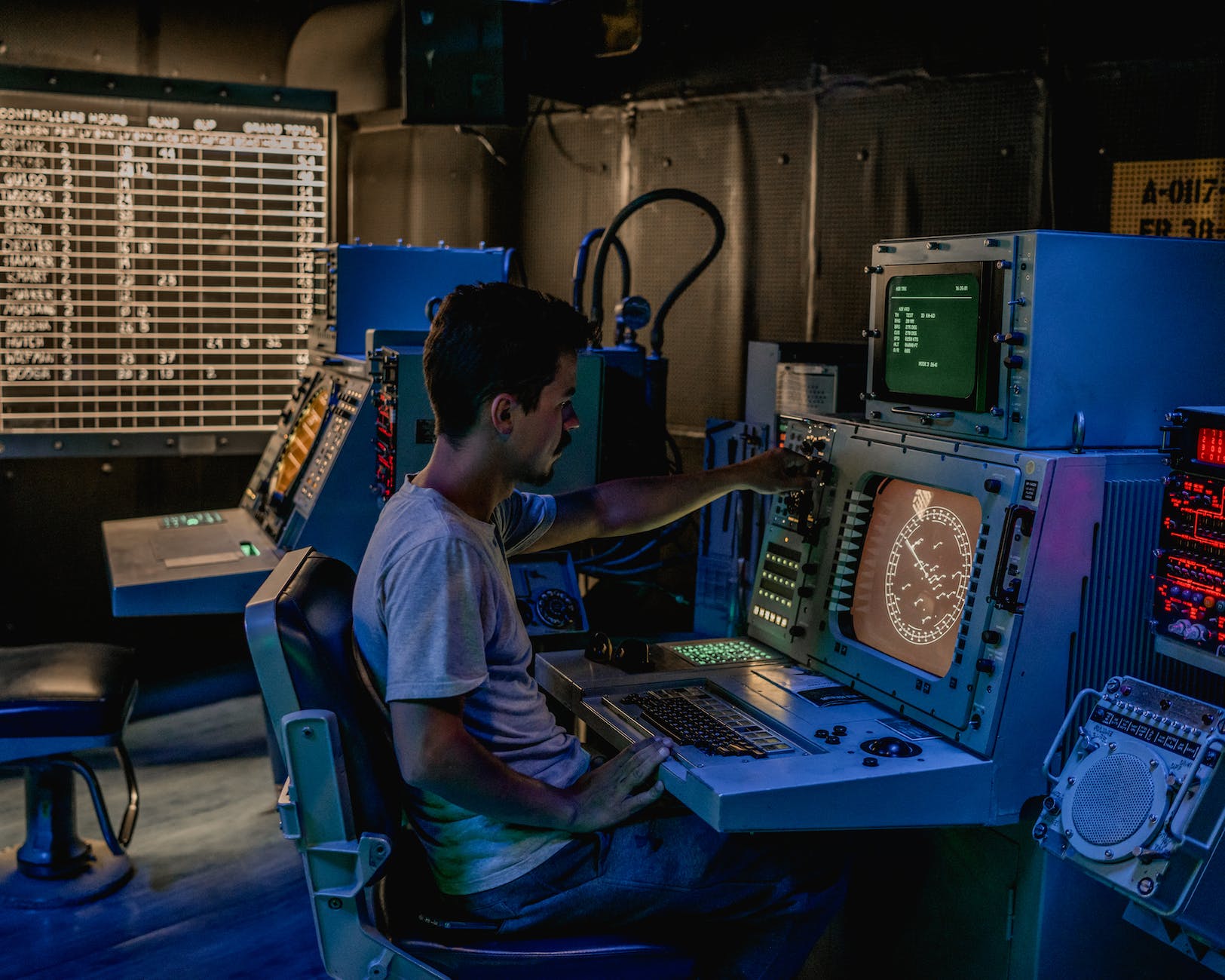
Machine learning is one of the most exciting areas of technology right now. It’s also something that can be applied to a huge range of industries and sectors, including video analysis. In this article, I’ll take a look at some of the ways machine learning is being used in video analysis, from detecting illegal parking to improving facial recognition software.
The Power of Machine Learning in Video Analysis
Machine learning is the process of building algorithms that can learn from data and make predictions. Machine learning is a branch of artificial intelligence (AI), which has been around since the 1950s. It’s used in many different fields, including healthcare, finance, and retail.
Machine learning uses statistical techniques to find patterns in data so that computers can make decisions based on those patterns without being explicitly programmed to do so by humans. In this way, it’s similar to how humans learn from experience: we don’t need someone telling us what every situation means before we figure it out ourselves – instead, we just see something happen once or twice, and then our brains automatically adjust for future experiences based on what happened previously. For more information and insights on machine learning and data science, you can explore valuable resources at data-science-ua.com.
Key Techniques in Video Analysis
Video analysis is the process of extracting information from video data. It can be used to detect, track, and classify objects in a scene. A number of techniques are available for performing video analysis, including motion detection, object detection, tracking, and object classification.
The application areas for video analysis include surveillance systems that monitor public places such as streets or buildings; traffic control systems that monitor vehicles on roads; remote sensing systems which use cameras mounted on satellites orbiting Earth to capture images of features such as vegetation cover across large areas of land (which we call “imagery”); facial recognition software that detects faces inside images taken by security cameras installed at airports or other high-traffic locations (this technique is sometimes referred to as “biometric authentication”).
The Role of Machine Learning
Machine Learning is a branch of Artificial Intelligence that enables computers to learn from data without being explicitly programmed. It’s a way to make computer systems learn from data without being explicitly programmed. Machine learning has become a core technology in many industries, including healthcare, finance, and education.
In video analysis, machine learning helps us analyze the content of videos by analyzing text or audio associated with them (if any). For example: if you want your system to recognize people’s faces in videos then you need some training data where each image contains one person’s face along with its name or any other relevant information about that person such as gender, etc. You can also use machine learning for detecting objects such as cars or trees in videos based on their shape/color, etc. To learn more about the top challenges and achievements in machine learning for video analysis, you can explore insightful articles on the subject at https://data-science-ua.com/blog/machine-learning-in-video-analysis-top-challenges-and-achievements/.
Video Data Preprocessing
Video data preprocessing is the process of converting raw video data into a format that can be used by the machine learning algorithm. Video processing software often performs this task, but it’s also possible to use computer vision and machine learning together to do it yourself.
The first step in video data preprocessing is to convert each frame of your video into an image file format like JPEG or PNG so that you can manipulate them in other programs. You may want to crop out unneeded parts of each frame as well as perform color correction (for example, if there are parts of your scene that are too dark). You might also want to add metadata like date/time stamps or GPS coordinates, so you know where each frame was taken on location!
Real-Time Video Analysis
Real-time video analysis is the process of analyzing video data as it is being recorded. Real-time analysis has many applications in surveillance, security, and other fields. It can be used to detect objects and people in a scene or even identify emotions from facial expressions.
However, this type of technology is still relatively new and not widely available because it requires highly trained professionals who understand how machine learning works as well as how to use various types of software tools such as TensorFlow or Caffe2 with GPUs (Graphics Processing Units).
The use of machine learning in video analysis has a lot of potential, but it’s still very much a frontier. It’s difficult to predict how quickly this technology will develop and what kinds of applications it will be used for in the future. However, there are some clear areas where machine learning can make an impact today: real-time processing of video data (including live streams), automated detection and classification of objects within videos, as well as automated analysis based on time series data from multiple cameras.